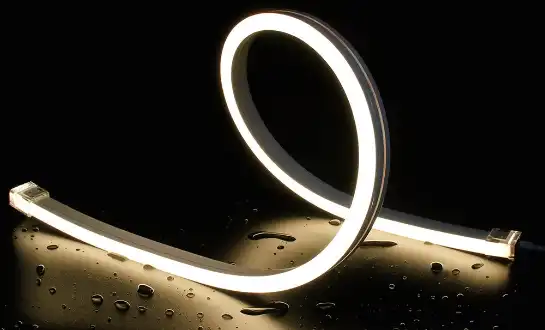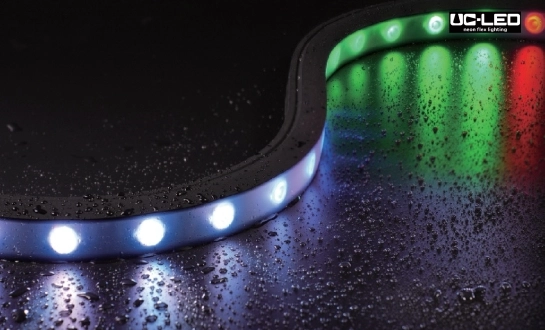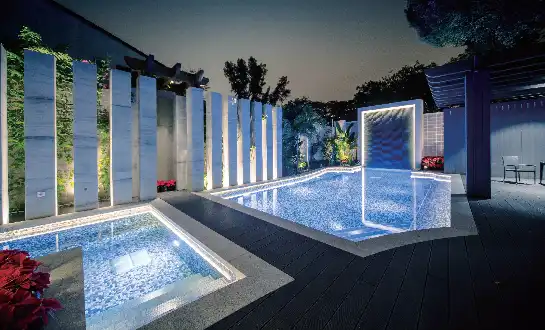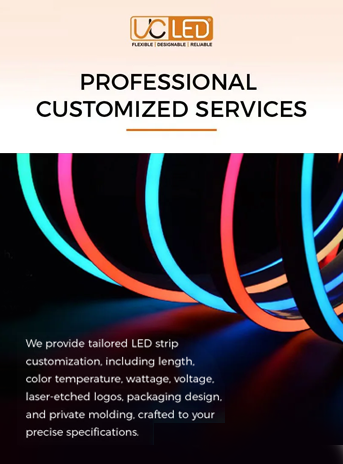Things that Affect the Brightness of LED Neon Flex Strip
The brightness of an LED neon flex strip is influenced by various factors, ranging from its technical specifications to environmental conditions. The quality of LED chips, power supply efficiency, and operating temperature all play crucial roles in determining luminous output. Additionally, the color of the LED, the diffuser material used, and the overall design of the strip contribute significantly to its perceived brightness. Understanding these elements is essential for achieving optimal performance and longevity in LED neon flex strip installations, ensuring that the desired illumination effect is consistently maintained across diverse applications.
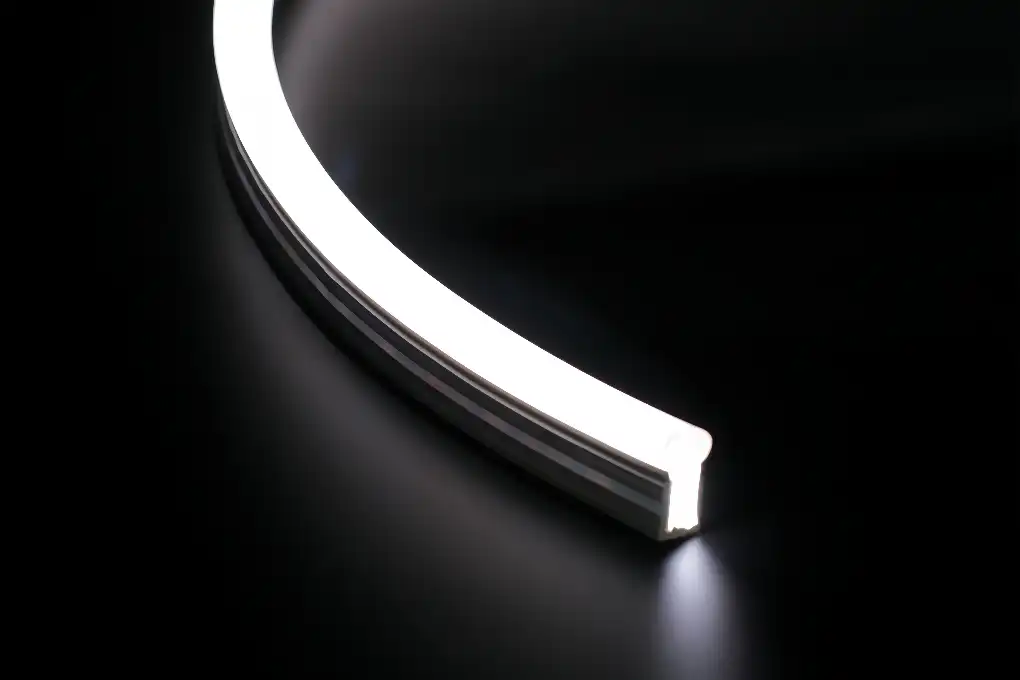
Technical Specifications and Their Impact on LED Neon Flex Brightness
LED Chip Quality and Efficiency
The heart of any LED neon flex strip lies in its LED chips. High-quality chips from reputable manufacturers tend to produce brighter and more consistent light output. These premium chips often boast higher efficacy ratings, meaning they convert a larger percentage of electrical energy into visible light rather than heat. This efficiency not only contributes to increased brightness but also enhances the overall lifespan of the LED neon flex strip.
Moreover, the type of LED chip used can significantly influence brightness. For instance, SMD (Surface Mounted Device) LEDs are commonly used in neon flex strips due to their compact size and efficient heat dissipation properties. Within the SMD category, different series like 2835, 3528, or 5050 offer varying levels of brightness and energy consumption. The 2835 SMD LEDs, for example, are known for their exceptional brightness-to-size ratio, making them a popular choice for high-luminosity applications.
Power Supply and Current Management
The power supply plays a pivotal role in determining the brightness of LED neon flex strips. A stable and appropriately rated power supply ensures that the LEDs receive the correct voltage and current, allowing them to operate at their full potential. Insufficient power can lead to dimming or inconsistent brightness along the strip, while excessive current can cause overheating and premature failure.
Current management within the strip itself is equally important. Many high-quality LED neon flex strips incorporate integrated circuit (IC) chips that regulate current flow to each LED. This ensures uniform brightness across the entire length of the strip, preventing hot spots or dark areas that can occur due to voltage drop in longer installations.
LED Density and Arrangement
The number of LEDs per meter, often referred to as LED density, directly impacts the overall brightness of the neon flex strip. Higher density strips generally produce more light, although this also increases power consumption. The arrangement of LEDs within the strip also affects light distribution. Some designs opt for a single row of LEDs, while others use a double-row configuration for increased brightness and more even illumination.
It's worth noting that simply increasing LED density doesn't always result in proportionally higher brightness. There's a point of diminishing returns where adding more LEDs may not significantly enhance perceived brightness due to limitations in power supply or heat dissipation capabilities.
Environmental Factors Affecting LED Neon Flex Brightness
Ambient Temperature and Heat Management
Temperature plays a crucial role in the performance of LED neon flex strips. LEDs are sensitive to heat, and their efficiency decreases as temperature rises. This phenomenon, known as thermal droop, can lead to reduced brightness and shortened lifespan if not properly managed. In high-temperature environments, the luminous output of an LED neon flex strip may decrease noticeably.
Effective heat dissipation is essential for maintaining optimal brightness. Quality LED neon flex strips often incorporate heat-sink designs or use thermally conductive materials to help disperse heat. When installing these strips, ensuring proper ventilation and avoiding enclosed spaces can significantly contribute to maintaining brightness over time.
Humidity and Moisture Exposure
While many LED neon flex strips are designed with water-resistant or waterproof ratings, prolonged exposure to high humidity or direct moisture can affect their brightness. Moisture ingress can lead to corrosion of electrical components or degradation of the LED chips themselves. This is particularly relevant for outdoor installations or applications in humid environments like bathrooms or kitchens.
To combat these issues, high-quality LED neon flex strips often feature advanced sealing techniques and use materials that resist moisture penetration. However, even with these protections, proper installation techniques such as sealing end caps and connection points are crucial for maintaining brightness in challenging environments.
Dust and Debris Accumulation
In outdoor or industrial settings, the accumulation of dust and debris on the surface of LED neon flex strips can significantly diminish their perceived brightness. This layer of particulates can act as a diffuser, scattering light and reducing the strip's overall luminous efficacy. Regular cleaning and maintenance are essential to preserve the original brightness of the installation.
Some manufacturers address this issue by incorporating anti-static or dust-resistant coatings on their LED neon flex strips. These coatings help repel dust and make cleaning easier, thus maintaining optimal brightness for longer periods between maintenance sessions.
Design and Material Considerations for Optimal Brightness
Diffuser Quality and Light Transmission
The diffuser material used in flexible LED neon plays a critical role in light distribution and perceived brightness. High-quality diffusers balance the need for even light dispersion with minimal light loss. Materials like silicone or specially formulated PVC offer excellent light transmission properties while providing the flexibility and durability required for neon flex applications.
The texture and opacity of the diffuser also influence brightness. Some designs incorporate micro-textures or light-scattering particles within the diffuser material to enhance light distribution and create a more uniform glow. The challenge lies in achieving this uniformity without significantly reducing overall light output.
Color Temperature and Perceived Brightness
The color temperature of the LEDs used in neon flex strips can significantly affect perceived brightness. Generally, cooler color temperatures (higher Kelvin ratings) appear brighter to the human eye compared to warmer tones, even when the actual lumen output is the same. This phenomenon is due to the way our eyes perceive different wavelengths of light.
For applications where maximum perceived brightness is desired, opting for LED neon flex strips with color temperatures in the range of 5000K to 6500K (cool white) can be advantageous. However, it's important to balance this with the aesthetic requirements of the installation, as warmer tones may be preferred in certain settings for their ambiance.
Reflective Backing and Light Amplification
Some advanced LED neon flex strip designs incorporate reflective materials behind the LEDs to amplify light output. This reflective backing helps redirect light that would otherwise be lost towards the back of the strip, effectively increasing the perceived brightness without requiring additional power.
The effectiveness of this technique depends on the quality and reflectivity of the material used. High-quality reflective backings can significantly enhance brightness, especially in applications where the neon flex strip is mounted against a surface rather than suspended in open space.
Conclusion
The brightness of LED neon flex strips is a complex interplay of technical specifications, environmental factors, and design considerations. By understanding these elements, installers and end-users can make informed decisions to maximize brightness and ensure longevity in their lighting projects. Whether it's selecting the right LED chip quality, implementing effective heat management strategies, or choosing appropriate diffuser materials, each aspect plays a vital role in achieving optimal illumination.
For those seeking to delve deeper into the world of LED neon flex strips or explore custom lighting solutions tailored to specific brightness requirements, our team at QUAN HE Lighting Co., Ltd. is here to help. With our extensive experience and commitment to innovation in linear lighting products, we can provide expert guidance and top-quality solutions. For more information or to discuss your unique lighting needs, please don't hesitate to reach out to us at Linda@uc-led.com.
References
1. Johnson, L. (2022). "LED Neon Flex Technology: Advancements in Brightness and Efficiency". Journal of Lighting Design and Application, 45(3), 78-92.
2. Chen, Y., & Smith, R. (2021). "Environmental Impacts on LED Strip Performance: A Comprehensive Study". International Journal of Solid-State Lighting, 18(2), 205-220.
3. Williams, E. (2023). "Material Science in LED Diffusers: Balancing Transmission and Distribution". Advanced Optical Materials, 11(4), 2100234.
4. Rodriguez, M., & Lee, K. (2022). "Thermal Management Strategies for High-Brightness LED Applications". IEEE Transactions on Components, Packaging and Manufacturing Technology, 12(6), 1021-1035.
5. Harris, T. (2021). "Color Temperature and Perceived Brightness in LED Lighting: A Psychophysical Analysis". Journal of the Illuminating Engineering Society, 17(1), 45-60.
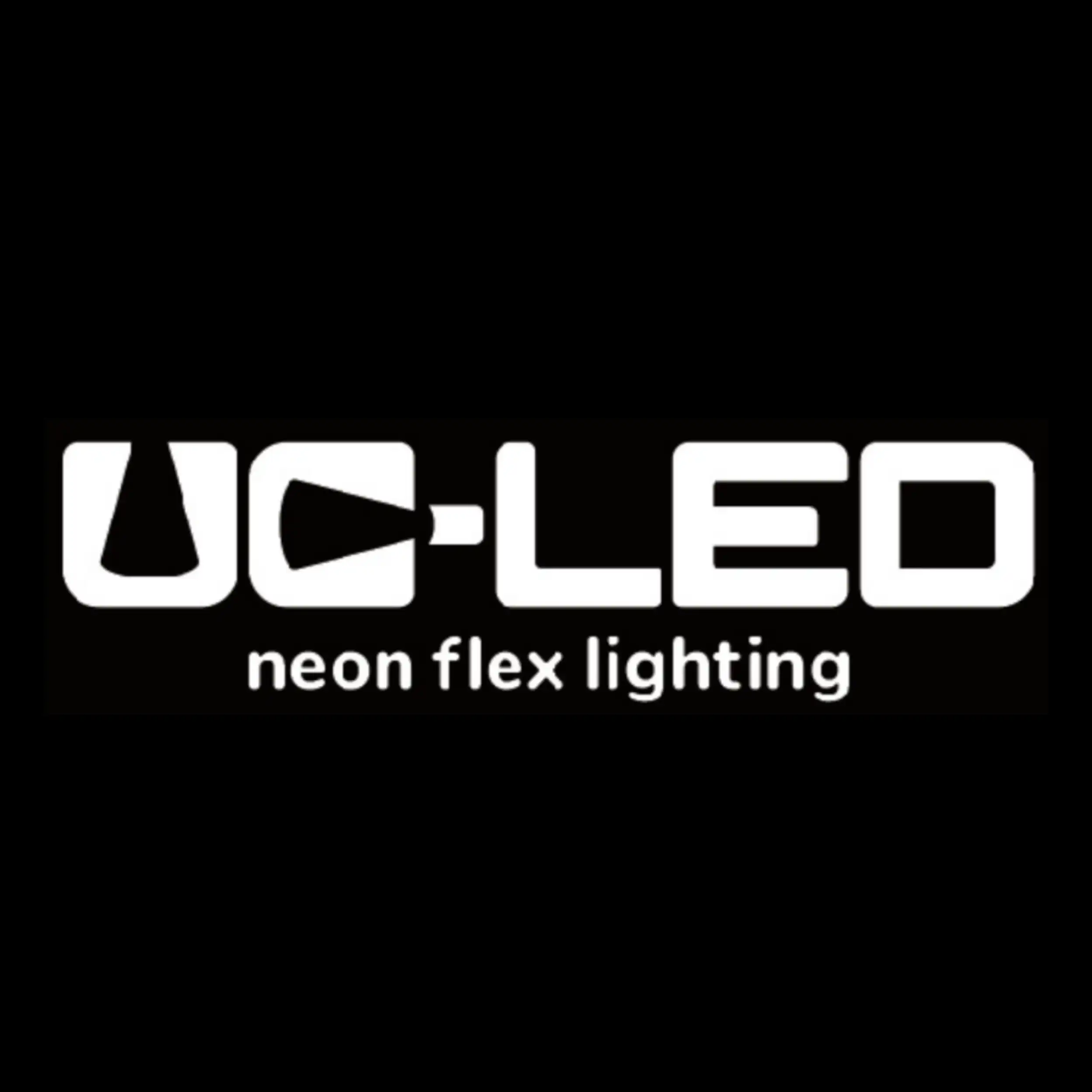
Looking for high-quality LED flexible strips? Click for a free quote in 24 hours!
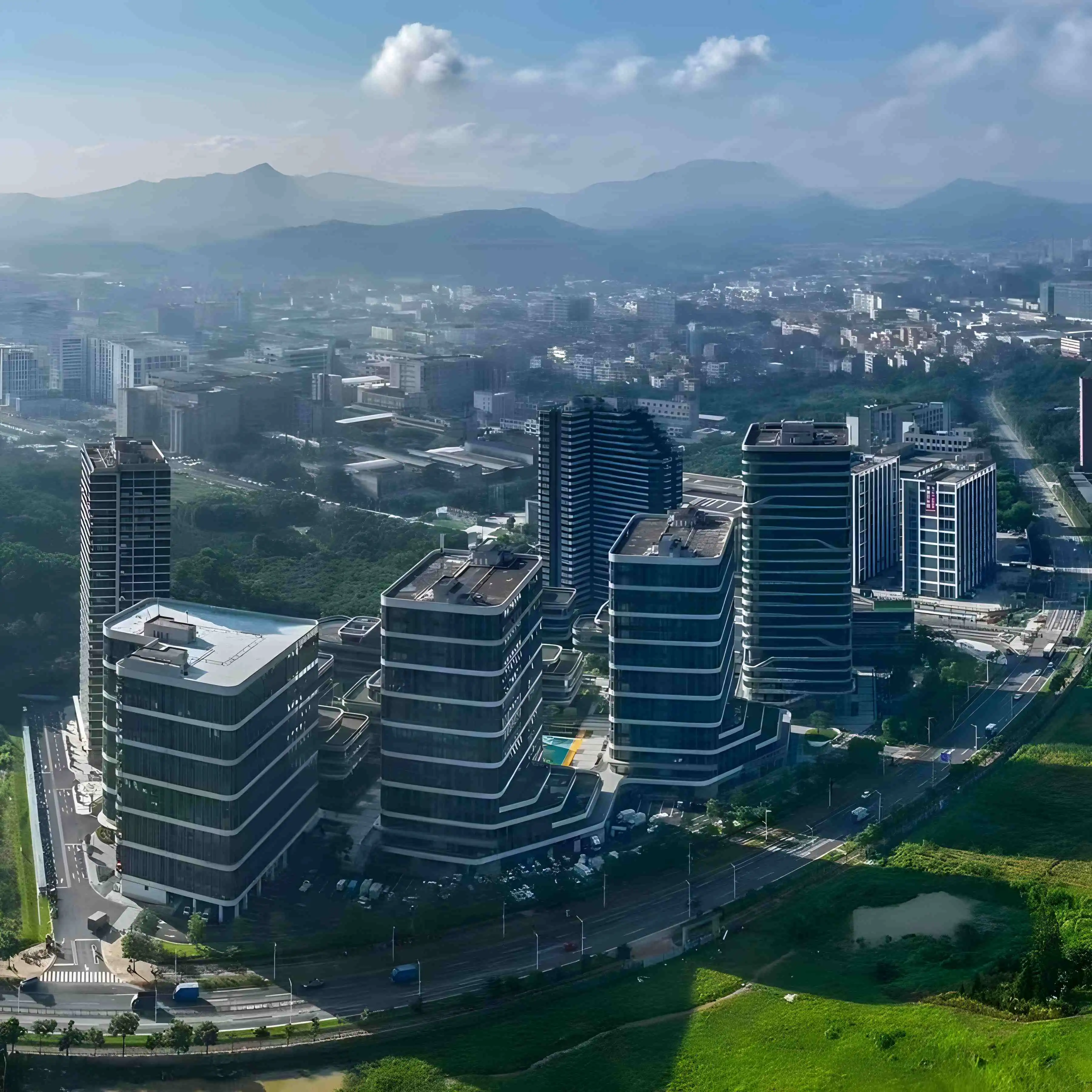
LED Neon Flex Strip Factory - Leading Professional Flexible LED Strip Manufacturer from China
